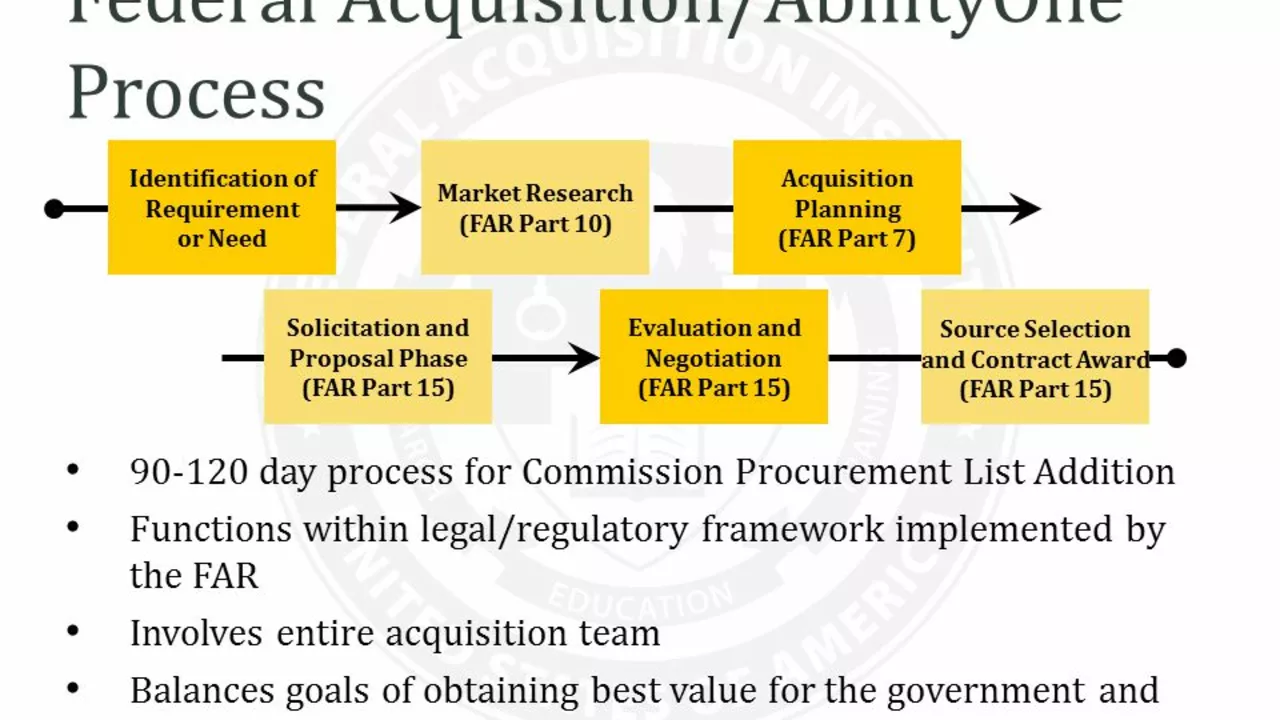Understanding Soccer Contract Duration
When you hear about a player signing for "three years" or "until 2026," that’s the contract duration. It tells you how long the club owns the player's registration and how secure the player is financially. Knowing the basics helps you make sense of transfer news, wage talks, and why some stars move quickly while others stay put for ages.
Typical Contract Lengths
Most professional contracts run between two and five years. Young prospects often get three‑year deals – enough time for the club to develop them but short enough to avoid long‑term risk. Established stars usually sign four or five‑year deals because clubs want to lock in their value and players want wage stability.
Short‑term contracts, like one‑year deals, are rare and usually happen when a club needs a quick fix or a player is returning from injury. They give both sides flexibility but rarely provide the security needed for big moves.
When a contract expires, the player becomes a free agent. That’s why you’ll see a flurry of signings in June – clubs rush to avoid losing talent for free.
How Duration Affects Clubs and Players
For clubs, a longer contract means they can sell the player later for a transfer fee. The longer the remaining years, the higher the fee, because the buying club knows it can’t lose the player soon. That’s why clubs often extend contracts before a player’s market value spikes.
Players benefit from longer deals through higher wages and bonuses. It also gives them time to settle in a new city, learn the language, and build chemistry with teammates. However, a long contract can backfire if a player’s form drops – they’re stuck with a lower salary while the club pays more.
Negotiations usually revolve around clauses: release clauses let a player leave if another club pays a set amount, while appearance or goal bonuses reward performance. These clauses can shorten the effective duration if triggered.
Fans often wonder why a club would let a star go on a short deal. Sometimes it’s a strategic move: the club expects to sell the player for a big fee before the contract ends, or the player wants flexibility to move abroad.
In short, contract duration is the backbone of soccer business. It determines transfer values, player stability, and how clubs plan their squads. Keep an eye on the length when you read transfer rumors – it’ll tell you whether a move is a quick fix or a long‑term plan.
How long does it take to get a trademark?

